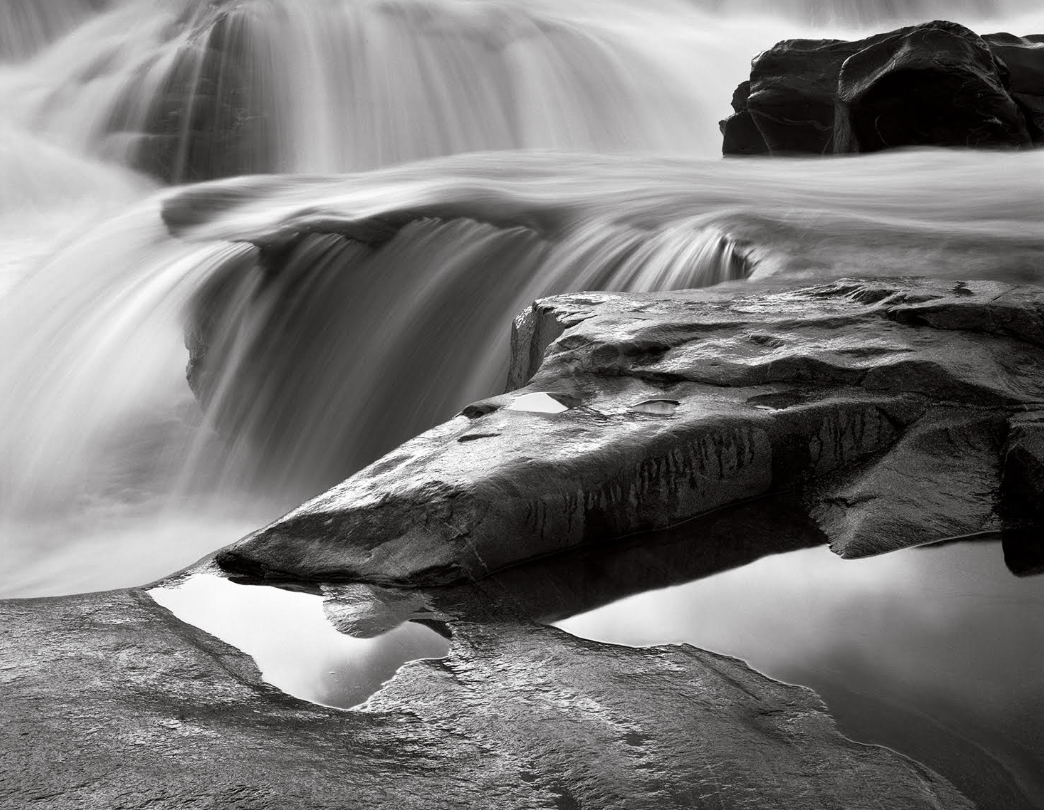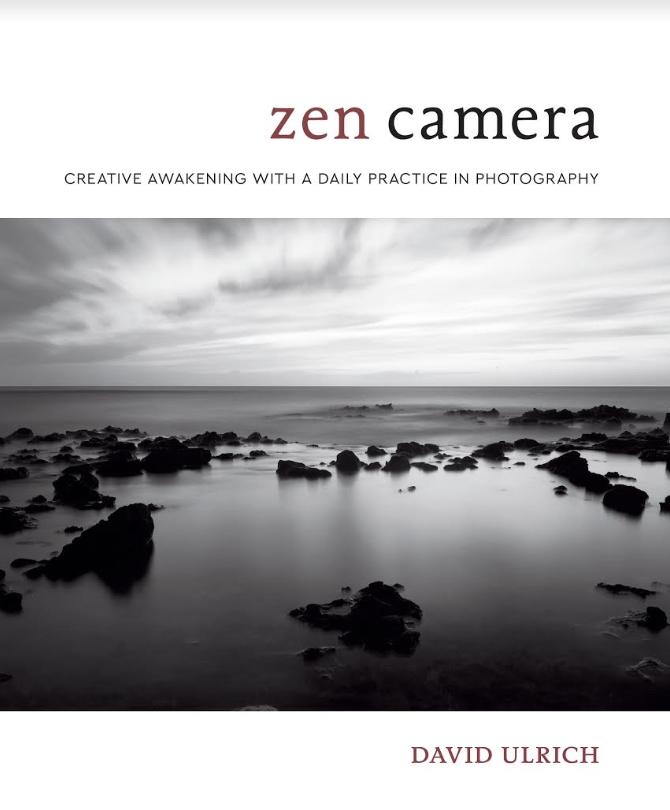The free flow of impressions and ideas that comes through a camera can teach you about the world and yourself. Photography can help you bypass your usual conceptual filters and engage what is known as the right brain, the source of intuition, imagination, and creativity. Here the mind can flow without attachment. Zen knows this open, receptive frame of mind as no-mind.
As soon as a visual impression comes into the eyes and is captured by the retina, the brain scans its database of memory, wanting to interpret the scene based on past knowledge and experience. What you see is often distorted by your opinions, desires, and past experiences. This often unconscious activity insists on naming things and giving them a label. The mind sees its own reflection laid over the images of the world.
No-mind, or mushin, refers to a state of mind that is open and not ceaselessly occupied by its own reflection. Thoughts and feelings are allowed to come and go, passing like clouds to the mind’s awareness. The Zen arts of archery and swordsmanship teach a deep, instinctive way of acting free from the impediments of attachment and discursive thought. If you wish to see without opinion and judgment, you must enlarge your point of view as if with a wide-angle lens. The action of the mind is constant but your allegiance can shift away from associative thinking and reactive emotion—the mind can act simply as witness. From this standpoint, you can see your own thinking, see your own seeing.
Moving toward the state of no-mind is possible, even for those of us governed by subjective thought. The rational mind, which thinks in words and concepts, is often resistant to thinking with form—and is reluctant to let go of its perceived territory of verbal reasoning. One of the methods that can be used to approach no-mind is to interrupt the rational brain by giving it a task that cannot be accomplished by analytical thought. For instance, try learning to drive a manual transmission with your head, or using color and form to represent how you feel. In Drawing on the Right Side of the Brain, Betty Edwards teaches ways of seeing that bypass the left, analytical brain and awaken the creative, holistic capacities of the right side. Intent is a powerful tool.
Edwards claims that the mere act of drawing can shift one into a heightened awareness of the self and the object being seen. She teaches exercises such as drawing something upside down—an activity that cannot possibly be performed by the analytical, linear brain. It can only be attempted by relinquishing control and attending to the movement of your hand. This kind of bodily awareness helps open the mind into an altered consciousness, more attuned to perceiving things differently and becoming, as artists often report, “at one with the work.”

In photography, many people report that the mere act of picking up a camera and responding freely to the world can enlarge your awareness and heighten the act of seeing. You cannot stop thinking, but you can shift your locus from the rational brain to the creative, imaginative side of the mind. “Not knowing” and looking at the world with the eyes of a child—with curiosity, freshness, and wonder—can powerfully transform how you see and make images. This sounds deceptively simple, but practicing it can be challenging.
Several exercises can help. When taking photographs for your Daily Record, try looking at rhythm, form, shape, and light and bypassing any personal or cultural associations. Or try not looking through the viewfinder and “shooting from the hip,” a natural and spontaneous way of making photographs that can be intuitive and free of the forced effort of trying too hard. By far, the most powerful tool for freeing the mind is found in striving toward inner quiet and stopping the internal dialogue. One of my students with a growing talent for street photography found that the incessant chatter in his mind prevented the clarity and spontaneity necessary to capture a fleeting moment. He experimented with sitting quietly, watching his breath and expanding awareness for a half hour before his photographic expeditions. It helped him immensely.

Zen meditation, or zazen, is the foundational exercise used to clear the mind and open the heart. Francis Dojun Cook explains in Sitting with Koans, “Zen practice, consisting primarily of zazen and koan study, is a process of digging down through the various layers that cover the light of clear knowing. . . . These layers are made up of such things as concepts, symbols, language, categories, habits, ideological suppositions, and the natural, innate tendency to divide the world into ‘self’ and ‘not self.’ Once these layers are removed, a way of knowing is recovered that functions without conventional concepts and categories of thought . . . To experience events as they truly are, one must experience them without the least bit of personal or cultural meaning added to them. This kind of knowing might best be called ‘no mind,’ a term favored by some Zen masters. ‘No mind’ is not confusion, uncertainty or blankness, but, rather, an extremely clear knowing freed of all conceptualizations and symbolization.”

Follow us here and subscribe here for all the latest news on how you can keep Thriving.
Stay up to date or catch-up on all our podcasts with Arianna Huffington here.
Reprinted with permission from Zen Camera: Creative Awakening with a Daily Practice in Photography by David Ulrich, copyright (c) 2018. Published by Watson-Guptill, a division of Penguin Random House, Inc.

